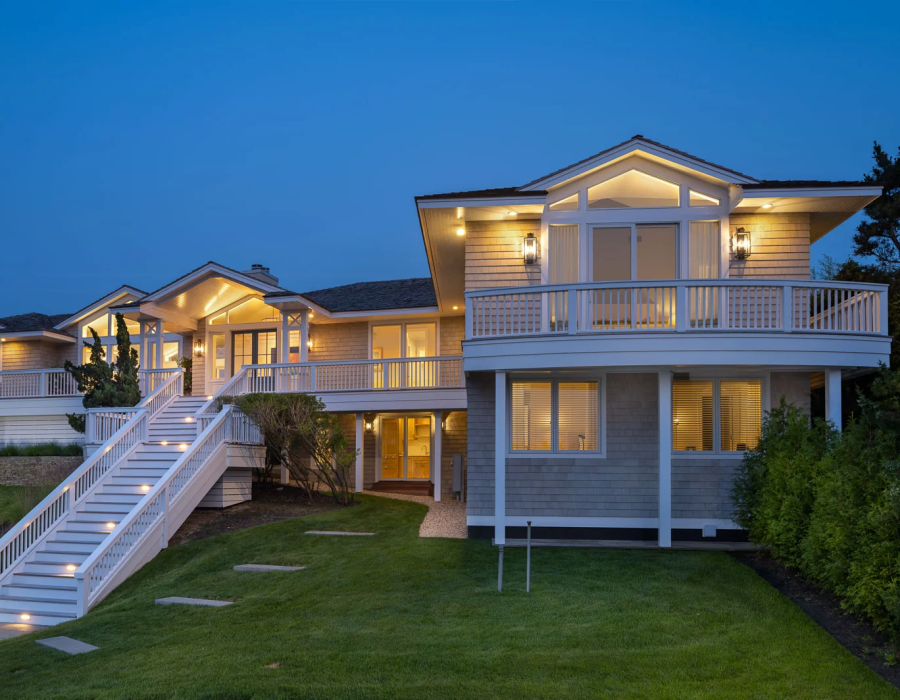When you look at breathtaking images taken from the sky, what you’re really seeing is the perfect balance of vision, skill, and technology. At the heart of it all is Aerial Photography Equipment—the gear that makes it possible to capture sharp, cinematic views from above. Whether you’re a professional architectural photographer, a filmmaker, or simply a drone enthusiast, the quality of your equipment directly impacts the final results. From advanced drones and stabilized gimbals to high-resolution cameras and specialized lenses, aerial gear has become more accessible and powerful than ever before. Choosing the right tools can mean the difference between average shots and photographs that truly stand out.
Essential Drones for Aerial Photography
Drones are the backbone of modern aerial imaging. Today’s models come equipped with 4K or even 8K cameras, advanced sensors, and extended flight times. Popular choices include compact drones for hobbyists and professional-grade drones designed for commercial use. Stability is key, so drones with intelligent flight systems and obstacle avoidance features are highly valued.
Camera Systems and Lenses
Aerial photographers rely on lightweight yet powerful cameras. Many drones have integrated systems, but professional setups allow interchangeable lenses. Wide-angle lenses capture sweeping landscapes, while telephoto lenses highlight architectural details from a distance. Having the right balance of focal lengths ensures versatility in every flight.
Gimbals and Stabilization
No matter how advanced a drone is, wind and motion can affect image quality. That’s where gimbals come in. A 3-axis gimbal stabilizer keeps the camera steady, ensuring smooth, blur-free photos and cinematic video footage. This equipment is especially crucial for architectural and real estate projects, where precision and clarity are everything.
Accessories That Elevate the Experience
Beyond drones and cameras, accessories enhance the efficiency of aerial photography.
- ND Filters help control exposure in bright conditions.
- Extra Batteries extend shooting sessions without interruptions.
- Remote Controllers with Monitors provide clear live feeds for accurate framing.
- Propeller Guards add safety for close-range flights.
Each accessory plays a role in delivering professional-quality results.
Software and Post-Processing Tools
Modern aerial photography doesn’t end when the drone lands. Editing software is an essential part of the toolkit. Applications for stitching panoramas, adjusting exposure, and correcting lens distortion help transform raw images into polished visuals ready for clients or publications.
Trends in Aerial Gear
The industry is rapidly evolving. Lightweight foldable drones make travel easier, while AI-driven features like subject tracking and automated flight paths enhance creativity. Thermal cameras and LiDAR sensors are also entering the market, expanding aerial photography into construction, surveying, and environmental monitoring.
Final Thoughts
Investing in the right Aerial Photography Equipment is about more than buying gadgets—it’s about enabling creativity and reliability in every shot. With drones offering longer flight times, cameras producing sharper images, and stabilizers ensuring smooth results, aerial photography has never been more exciting. For professionals in architecture, real estate, or filmmaking, the right gear transforms perspective into storytelling, turning simple flights into unforgettable visuals.





Comments